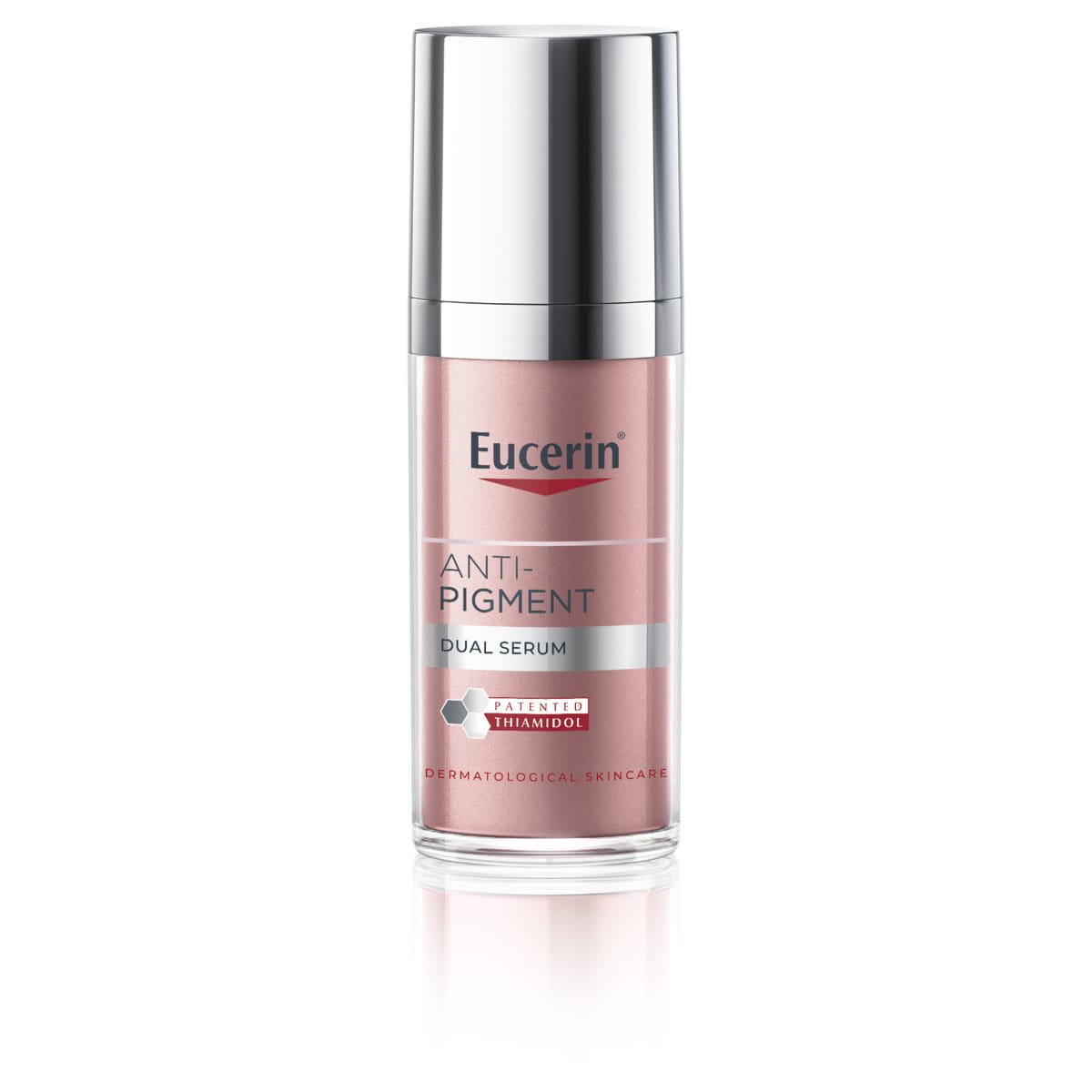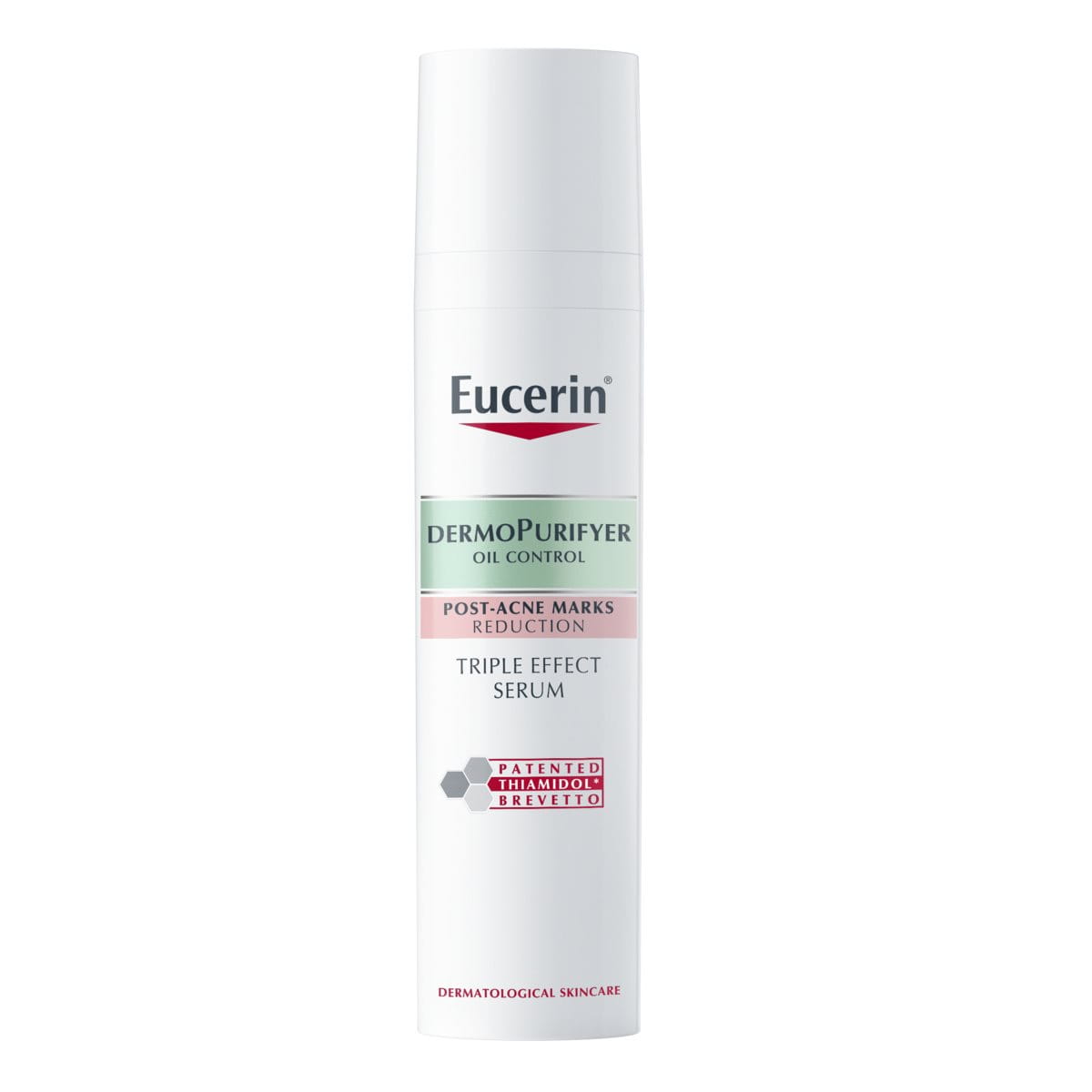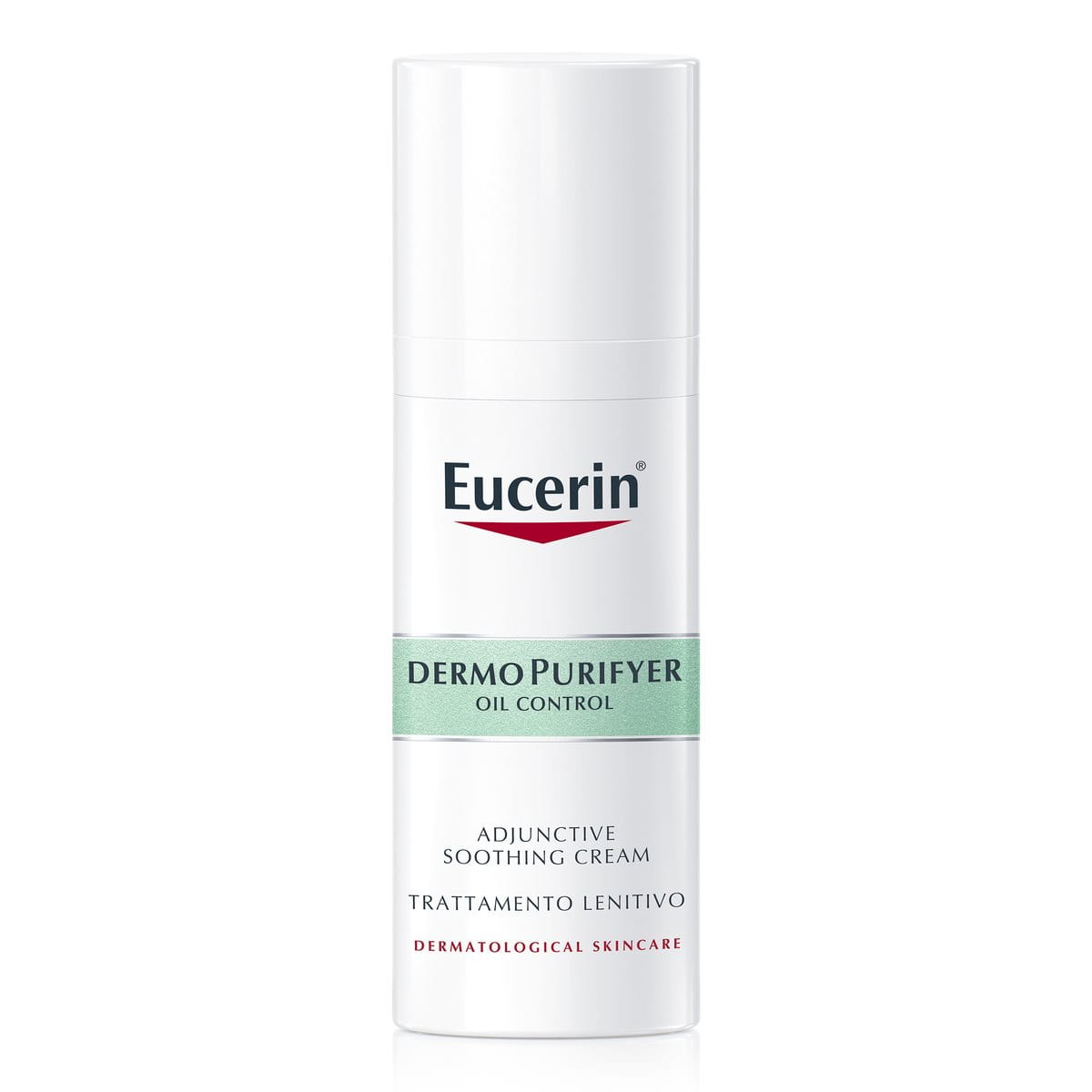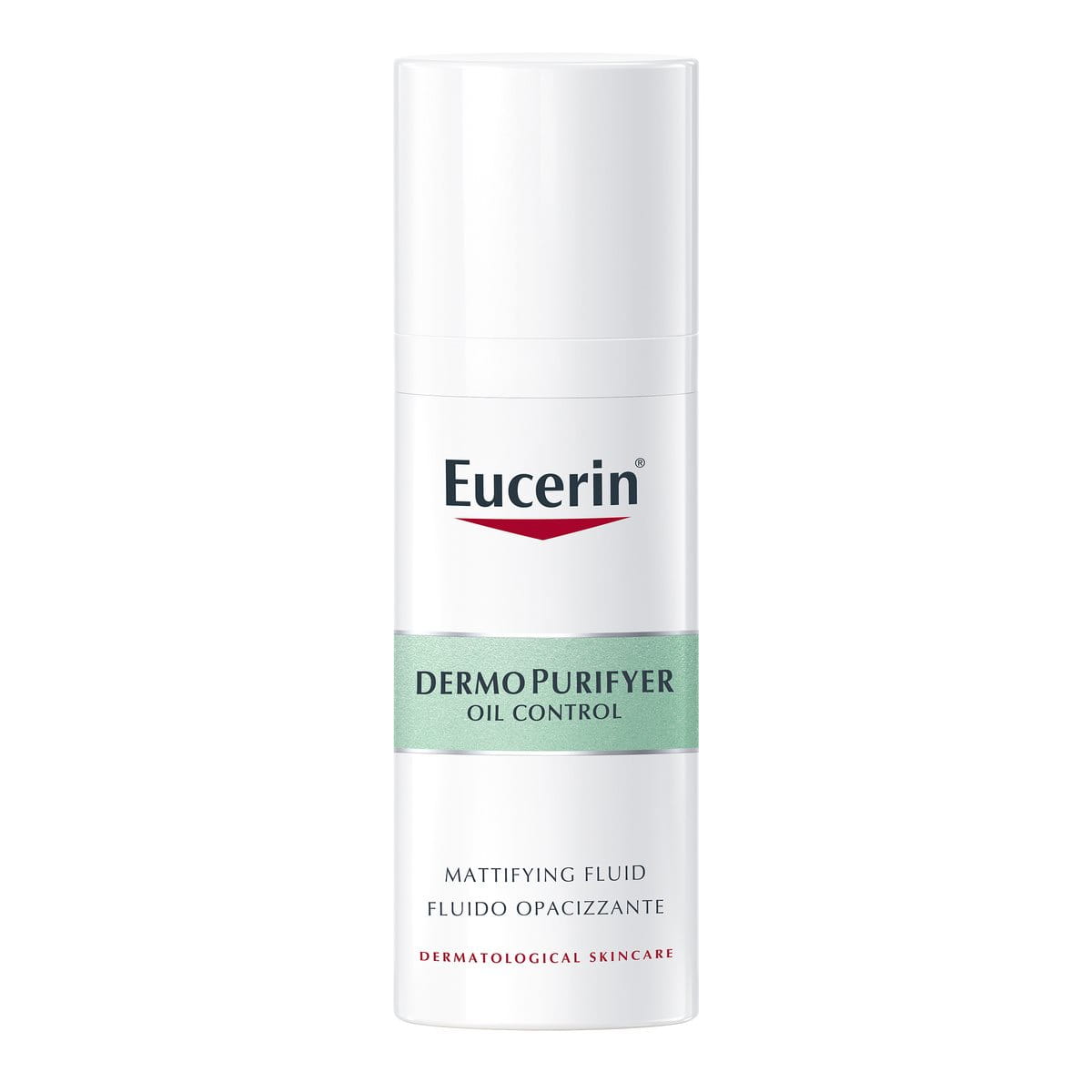While research into the relationship between diet and acne is both inconclusive and controversial 1,2, most scientists agree that a high Glycemic Index (G.I.) and too many dairy products can exacerbate blemish-prone skin2. There is also considerable debate around the possible influence of other foods.
This article explores the link between diet and acne, what foods can cause acne and how to build a healthy balanced diet for acne prone-skin. We’ll also explore some of the best and worst foods to eat if you have acne, as well as delving into some of the latest related scientific thinking.
What foods cause acne?

Nutritional science and common sense tell us that a healthy, balanced diet is the key to a healthy body and healthy skin, so try to enjoy a varied diet and keep a personal record (some dermatologists call this a 'skin diary') of anything you eat that you think may trigger blemishes and acne in your skin.

As acne can be caused or impacted by a range of factors, a key piece of advice is to focus on the results you are seeing personally and make sure to stick to the food you think works best for you.
If this doesn’t help you may want to try an 'elimination diet'. The best way to do this is to remove all the possible culprits (such as high G.I. foods and dairy) for at least three weeks. You should then reintroduce each food type (such as dairy, or sugar, or flour) for one day only and monitor your skin for the next two days.
If you do not notice any difference continue eating that food type and try reintroducing another. This may help you to identify if particular foods exacerbate your skin. Keep an eye out for changes and make sure you know when to consult a doctor.
Does dairy cause acne?
Milk has a relatively low G.I but is the food type most commonly implicated for acne flare-ups. In fact, a recent study that analysed the volume of research on nutrition and acne between 2004 and 2014 found that milk and milk products were the most studied area.3 That said, the data is often anecdotal and some scientists believe the comedogenic effect of dairy is yet to be proven.
Like humans, cows produce hormones during pregnancy, and these hormones have an insulin-like effect on the human system, stimulating androgens. For milk alternatives, try dairy-free products such as unsweetened soy, coconut and almond milk and steer clear of rice milk and powdered milk, both of which have relatively high G.I.s.
There are several vegan alternatives for butter (non-dairy spreads), yoghurt (soy yoghurt) cheese (tofu) and ice cream (coconut ice). Be aware that dairy products are sometimes an ingredient in other foods (e.g. mashed potato, which is often made with milk and/or butter) so you may want to avoid those too.
Does chocolate cause acne?
There’s no conclusive research on the link between chocolate and acne but chocolate still often takes the blame for blemishes2. Chocolate is high in sugar so has a high G.I. and, in addition to the sugar content, milk chocolate also − obviously − contains milk which can also trigger acne.
If you can’t imagine life without chocolate, try dark chocolate. While not proven, it is possible that dark chocolate, which contains more antioxidants and less milk, could be less comedogenic.
Foods to avoid if you have acne
Certain foods are more likely to worsen or cause acne if they are consumed in high-amounts, although this can vary from one person to another. These foods may not directly cause acne but can aggravate blemish-prone skin. As a general rule of thumb, it is recommended that you avoid these foods if you have acne:
- Milk may be commonly linked to acne-breakouts
- Chocolate has a high glycemic index and contains milk, a likely acne trigger
- Whey protein powder typically consumed by athletes accelerates skin cell growth and creates a spike in insulin levels, resulting in acne for most people
- Refined carbohydrate-rich foods such as cereal, sweeteners or food made with white flour may boost insulin levels and lead to excess sebum production– ultimately causing pimples
- High-glycemic foods such as potato chips, white bread and sugary drinks raise your blood sugar quickly and may be a leading cause of pimples
What are the best foods for acne?
Although the results of diet and lifestyle changes on acne can differ from person to person, it is recommended that you supply your body with nutrient-rich foods and exercise regularly. Here are some foods that may be good for acne:
- Omega-3 and Omega-6 are both fatty acids essential for a healthy body. What’s particularly important is the ratio between them as this helps to modulate inflammation.13 Because humans now consume more vegetable oils (e.g. sunflower oil) the balance of Omegas in our system has changed in favour of Omega-6. To address this, scientists recommend that we consume more Omega-3 fatty acids. A key source of Omega-3 is fish oil. Fish and seafood also have a low G.I. index and fish oils are known to be good for skin. Other sources of Omega-3 include walnuts, hazelnuts and chia seeds.

- Make sure your body is getting the antioxidants it needs. Free radicals and oxidation may well contribute to the inflammation that is present at every stage of the development of acne, and antioxidants work to combat their negative effects. Research suggests that people with acne-prone skin may also have less Vitamin A, Vitamin E - natural antioxidants - in their blood14. Dark fruits and berries (e.g. red grapes, blueberries) are anti-oxidant rich and high in fibre which may help to regulate insulin. Watercress and avocado oil are good sources of Vitamin E and foods with a high beta-carotene content (orange foods such as pumpkin, sweet potato and carrots) are rich in Vitamin A.
- Zinc is essential for healthy skin. It’s known to help reduce inflammation and work against Propionibacterium acnes, a skin bacteria closely associated with the development of blemishes. Find out more about P. acnes in what causes acne. Green vegetables (especially kale and broccoli) are both antioxidant rich and a good source of zinc.
Is there a recommended diet for acne?
Many scientists believe that `few studies meet high enough scientific standards to enable therapeutic recommendations to be made in practice2`. However, there have been numerous research reports that conclude that rural and non-industrialised societies have fewer instances of acne than Western populations.4 A 30-year study conducted on the Inuit population of Northern Canada in the early 1970’s showed that there were no cases of acne when the population lived and ate in their traditional way. It was only when Western foods were added to their diet that cases of acne occured.5, 6
The main components of a Western diet are hyperglycemic carbohydrates, (cow’s) milk and saturated fats and there is compelling evidence to suggest that foods with a high Glycemic Index and milk might well trigger acne.3 Both are known to stimulate androgens (male hormones) which play an important, and proven, role in the development of blemishes. You can find out more in acne and hormones.
A low Glycemic Index diet

The Glycemic Index (G.I.) is a rating system for foods containing carbohydrates. It shows the impact they have on blood sugar. Foods with a high G.I. rapidly increase blood sugar which causes our body to produce more insulin. Insulin stimulates androgens (male hormones) which, in turn, stimulates excess sebum production (seborrhea) and hyperkeritanisation (the overproduction of cells that leads to a hardening of skin which blocks the sebaceous glands). Seborrhea and hyperkeritanisation are key stages in the development of blemishes. Here are some examples:
- Replace high G.I. foods such as white sugar and white bread, sugary foods, potatoes or white rice with medium to low G.I. foods that will release sugar more slowly (e.g. pulses - beans and lentils - and wholegrains, some fruit and vegetables).
- Incorporate high fibre foods (oats, lentils etc.) that may also help to regulate insulin. A diet rich in phytoestrogens − natural, plant-based hormones found in foods such as soy, beans and lentils may also help to keep your hormones in balance.
A low G.I. diet can also be a high-fat diet and so needs to be followed mindfully.
There are other steps, not related to nutrition, that you can take to help reduce blemishes and care for your skin. You can read more about these in the ideal skincare routine for blemish-prone skin, acne and stress, does exercise help acne.
If your acne persists and continues to bother you, consult your doctor for advice on the many other measures you can try, including medical treatment options, to help reduce and remove blemishes.
1) Significance of diet in treated and untreated acne vulgaris. A Kucharska, A. Szmurli, B. Sińska. Postepy Dematol Alergol, 2016 April, 33(2): 81-6
2) Acne and nutrition: a systemic review. F. Fiedler, G. Stangl, E. Fielder, K-M. Taube, 26 April 2016. Acta Derm Venerol 2017, 97: 7-9
3) Acne and nutrition: a systemic review. F. Fiedler, G. Stangl, E. Fielder, K-M. Taube, 26 April 2016. Acta Derm Venerol 2017, 97: 7-9
4) Acne and diet. R. Wolf R, H. Matz, E. Orion. Clin Dermatol. 2004 Sep-Oct; 22(5):387-93
5) Schaefer O. When the Eskimo comes to town. Nutr Today. 1971;6:8–16
6) Bendiner E. Disastrous trade-off: Eskimo health for white “civilization” Hosp Pract. 1974;9:156–89
7) Diet and acne revisited. Thiboutot DM, Strauss JS Arch Dermatol. 2002 Dec; 138(12):1591-2.
8) Acne vulgaris: a disease of Western civilization. Cordain L, Lindeberg S, Hurtado M, Hill K, Eaton SB, Brand-Miller J Arch Dermatol. 2002 Dec; 138(12):1584-90.
9) Skin diseases in Kenya. A clinical and histopathological study of 3,168 patients. Verhagen AR, Koten JW, Chaddah VK, Patel RI Arch Dermatol. 1968 Dec; 98(6):577-86.
10) Skin diseases in Zambia. Ratnam AV, Jayaraju K, Br J Dermatol. 1979 Oct; 101(4):449-53.
11) The age distribution of common skin disorders in the Bantu of Pretoria, Transvaal. Park RG Br J Dermatol. 1968 Nov; 80(11):758-61.
12) Epidemiological survey of skin diseases in schoolchildren living in the Purus Valley (Acre State, Amazonia, Brazil). Bechelli LM, Haddad N, Pimenta WP, Pagnano PM, Melchior E Jr, Fregnan RC, Zanin LC, Arenas A Dermatologica. 1981; 163(1):78-93.
13) Diet and acne. W.P. Bowe, S.S. Joshi, A.R. Shalita, J AM Acad Dermatol. July 2010, 63(1):124-41.
14) Does the plasma level of vitamins A and E affect acne condition? Z. El-Akawi, N. Abdel-Latif, K. Abdul-Razzak. Clin Exp Dermatol. May 2006, 31(3):430-4 5 Capitanio et al from British Journal of Dermatology 2007. Ed. 157 pp1040-1085










